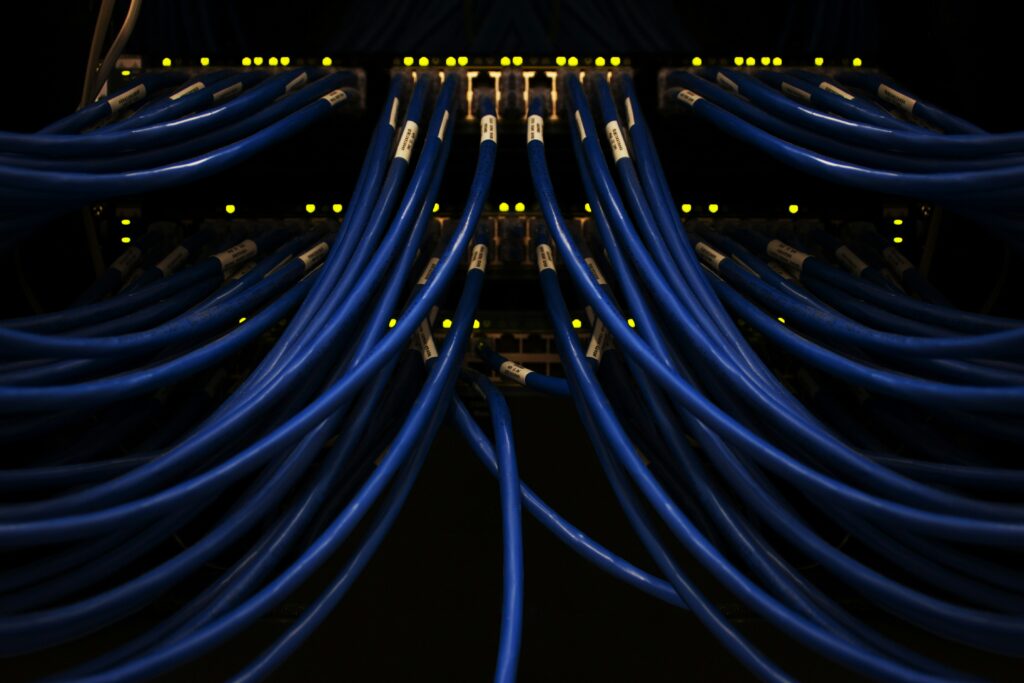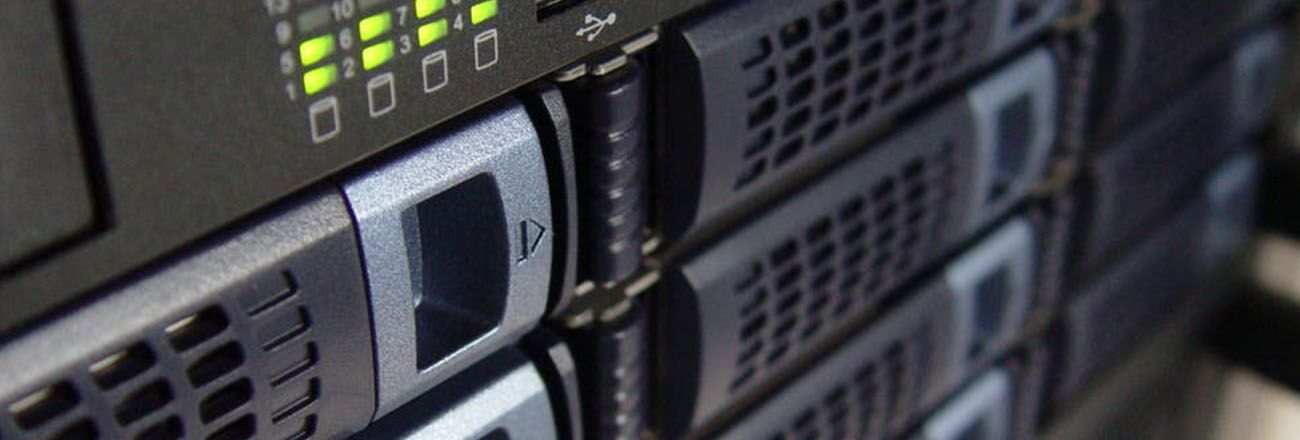
Bare Metal vs Hypervisor: The Evolution of Dedicated Servers
=With the “cloudification” of IT, new terms have appeared across the hosting industry. Some of the most popular terms are bare metal and hypervisor. But what are these? Let’s clarify the bare metal first. To answer simply, a bare metal server is your traditional dedicated server with a hip new name for the cloud generation! Let’s have a look at what a dedicated/bare metal server is.

What is Bare Metal?
Bare metal is a single tenant server. This means only you are taking the resources of the server. The server belongs to you and you only. Compared to the cloud model where multiple users (multi-tenancy) reside on the same physical server, the bare metal server only has one customer on the server.
Single tenancy allows you to avoid the noisy neighbor effect, which is described as a user impacting the performance and stability of other users within the same server. With bare metal, since you are the sole user, you will not witness the noisy neighbor effect.
From a financial perspective, the bare metal server is typically billed per month. This means no surprise on your bill at the end of the month. However, with the “cloudification” of hosting, bare metal is also available in hourly billing, so keep in mind that costs are variable when selecting an hourly usage plan.
Bare metal supports multiple types of operating systems on top of it, including hypervisors. This brings us to our next point—the difference between bare metal and hypervisors.
What is a Hypervisor?
How does hypervisor differ from bare metal? A hypervisor is an operating system that can create virtual machines (VM) within a bare metal server.
A traditional bare metal server: The operating system (CentOS, Debian, Ubuntu, Redhat, SUSE, Windows Server, etc.) is installed directly on the server, and applications are running natively in the operating system.
A bare metal server installed with a hypervisor provides the user with a management suite to create virtual machines on the server. The hypervisor should not run applications natively; rather, its purpose is to virtualize your workloads into separate virtual machines to gain the flexibility and reliability of virtualization.
Multiple hypervisors exist on the market. We have reached a point with virtualization technology where the ecosystem is very mature and all options are very similar. So the choice of a hypervisor relies mainly on the following points: your current familiarity with a vendor, your current infrastructure technologies, your staff certifications, and of course, the cost of ownership.
Make sure to understand what features you are looking for and which vendor offers the best solution based on your budget and compatibility with your current infrastructure to avoid painful migration and unexpected issues.
As for the bare metal selection, be certain to choose the proper billing method that fits your budget and your needs.
If you require on-the-fly resources that will likely be shut down within hours or weeks, then hourly billing is probably the way to go. However, if you are looking to deploy a steady workload that will run for multiple months, then monthly billing is likely the best choice.
As for the hardware itself, leverage the hourly billing of bare metal to test your application on the server of your choice, and run tests for a few days or weeks until you find the right bare metal configuration for your performance requirements.
Bare Metal or Hypervisor? Making the Choice
There is no single story for the bare metal server with native workload vs bare metal with a hypervisor and virtualized workloads. Both bare metal and hypervisor have their advantages, and nothing would stop a small development firm from leveraging bare metal servers with hypervisors. It simply is a matter of selecting which technology best fits your needs, and what you feel most comfortable with.
Start with a proof of concept with an hourly bare metal server — with a hypervisor or running your application natively on the bare metal — and see how your application performs. Evaluate the impact on your infrastructure and service management, and move forward according to your findings and experience. There’s nothing like giving it a spin to get the feel of it!



